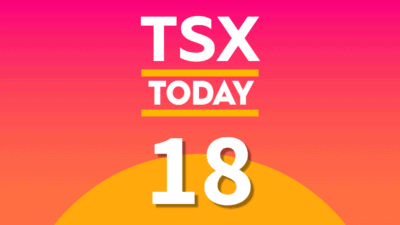Following in the footsteps of the oil and mining sectors, where low prices have resulted in a slew of dividend cuts, potash prices are plunging to levels where talk of a potential dividend cut is on the radar of investors.
Potash Corporation of Saskatchewan Inc. (TSX:POT)(NYSE:POT) reported an 11% decline in average realized prices for Q3 2015 compared with Q3 2014, with realized prices of $250 per tonne. This is compared with $307 per tonne in Q3 2013, $429 in Q3 2012, and $451 in Q3 2011.
Potash Corp. currently pays out a $1.2 billion dividend (over half of its operating cash flow). Can it withstand any further declines?
Declines in demand could be coming next year
Potash Corp. has recently reassured investors the dividend is safe all the way down to $200 per tonne. The major problem is that this same forecast made a couple key assumptions—firstly, that the company would be selling 10 million tonnes annually, and secondly, that nitrogen and phosphate gross margins would not decline with potash prices.
The key issue is with the 10 million-tonne assumption. Potash Corp. is expecting to sell 9-9.2 million tonnes this year. This is out of expected total global potash shipments of 58-60 million tonnes. Even optimistic estimates for 2016 total global shipments are projecting only slight growth (competitor Mosaic expects total global shipments of 62 million tonnes).
If prices fell to $200, by selling 10 million tonnes, Potash Corp. would be selling more into a very oversupplied market or a market with considerably weaker demand. This is unlikely because Potash Corp. has a long-held strategy of matching supply with demand. Their recent decision to cut production was driven by this strategy, and Potash Corp. would be unlikely to dump extra tonnes into a weak market.
Assuming prices did fall to $200 and Potash Corp. sold the same amount as this year (which is more reasonable), Potash Corp. would need to cut their dividend according to analysts at TD Bank. Prices of about $225 would be required to comfortably maintain the dividend (which is not much lower than they are now).
What if Potash Corp. sells less than this year? According to a report by Macquarie, this is possible. These analysts are expecting an 8% decline in total potash demand for next year. Assuming Potash Corp.’s total sales fell in line with global demand, Potash Corp. would only sell 8.28 million tonnes next year.
At this level of sales, Potash Corp. would likely need to realize prices in the $240-250 range to comfortably support the dividend.
Excess supply would likely push prices lower
In a weak-demand situation it is questionable whether or not Potash Corp. could realize prices high enough to support its dividend. A key factor would be if other producers are willing to make cuts to keep the market in balance.
So far, a few companies, including Potash Corp., have announced production cuts, which is an optimistic sign. It is important to know, however, that Potash Corp.’s two largest competitors—the Russian-based Uralkali and the Belarusian-based Belaruskali—have both been producing near capacity to gain market share and are not as disciplined in enforcing cuts as Potash Corp. has been.
To make matters worse, both of these companies have the lowest operating costs in the world, with Uralkali having the lowest and Belaruskali having the second lowest. Potash Corp. has the third-lowest production costs. This means that both of these companies can easily continue to produce even in weak-price conditions, gaining market share as higher-cost producers are forced to cut production.
These low costs are made even worse by the fact that that Russian and Belarusian currencies have been devalued quite a bit, which reduces operating costs even more because potash is sold in the stronger U.S. currency.
The end result is that while Potash Corp.’s dividend may be safe today, there is a definite risk if the market weakens further.







